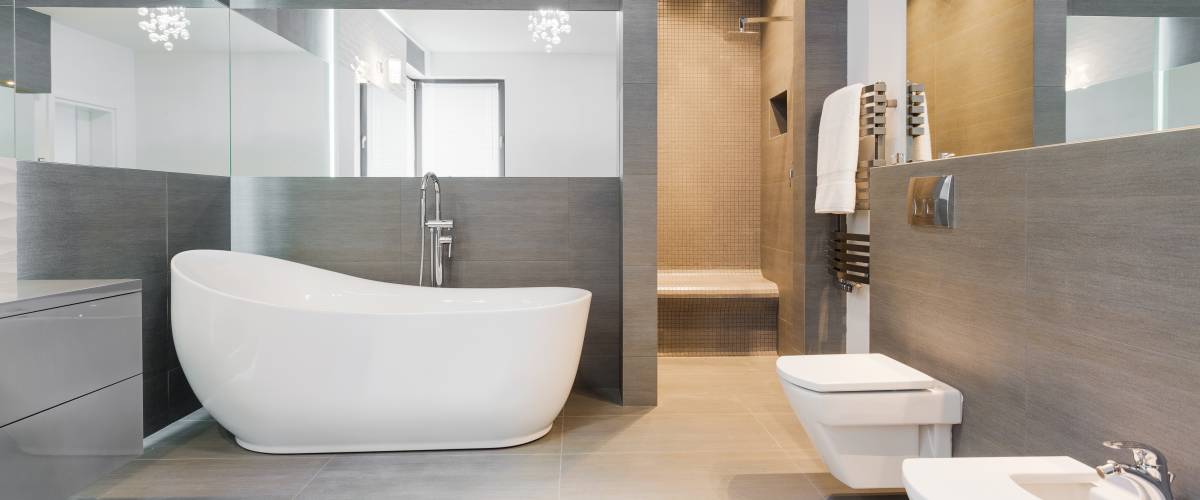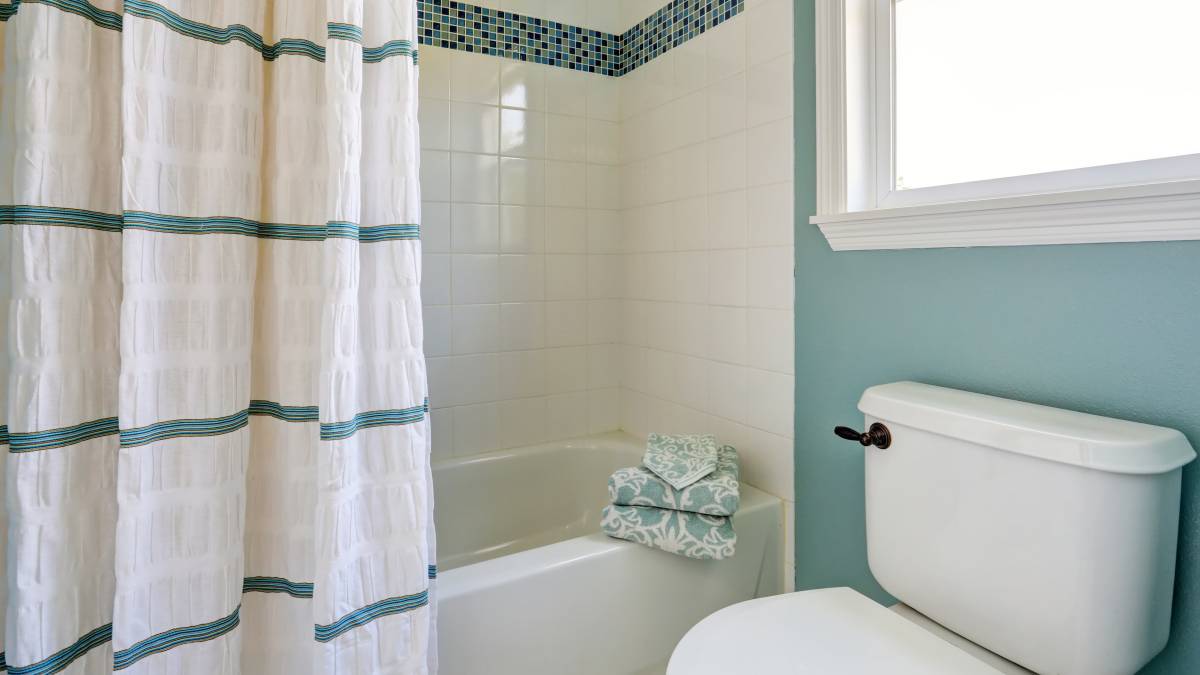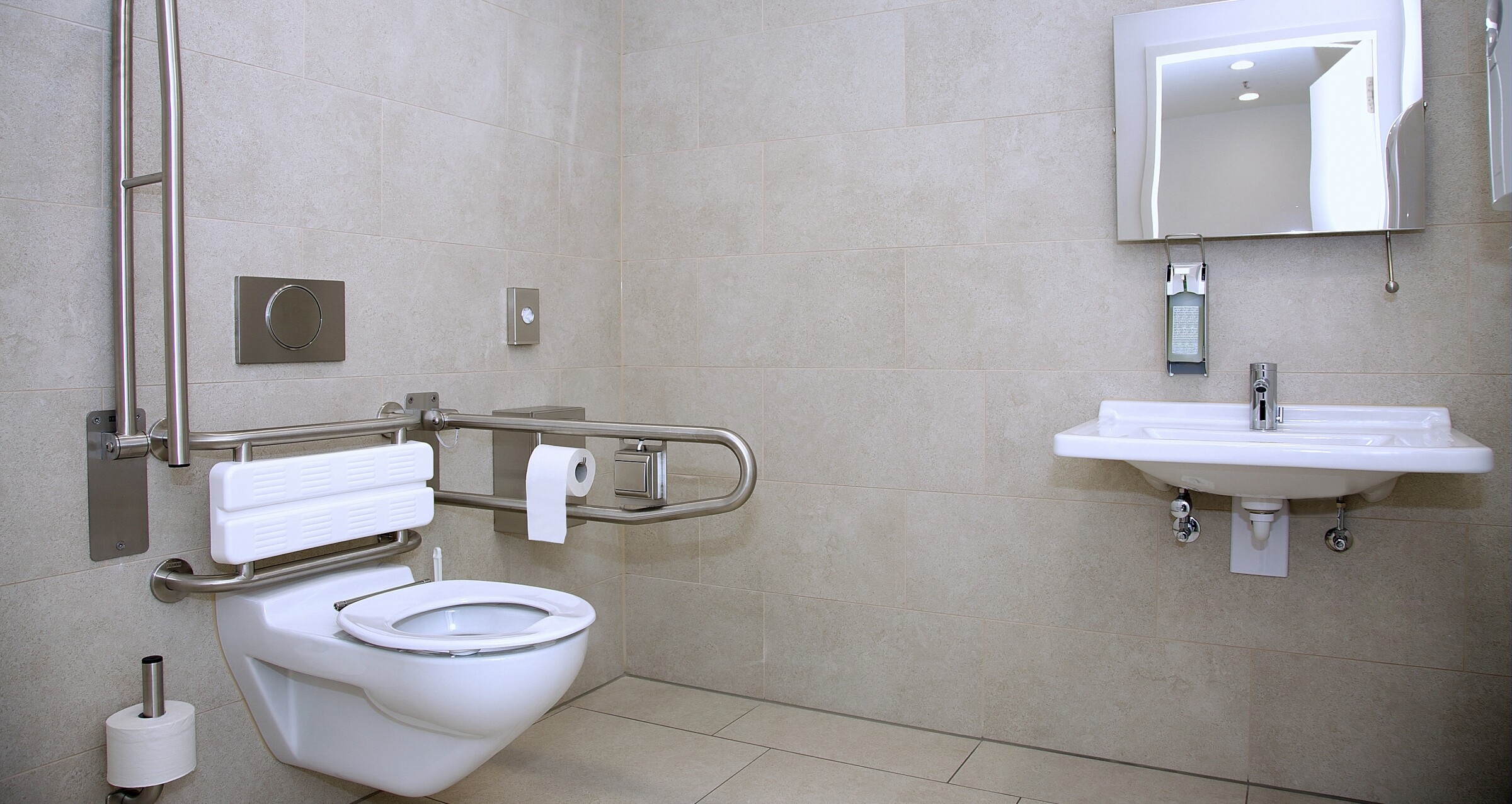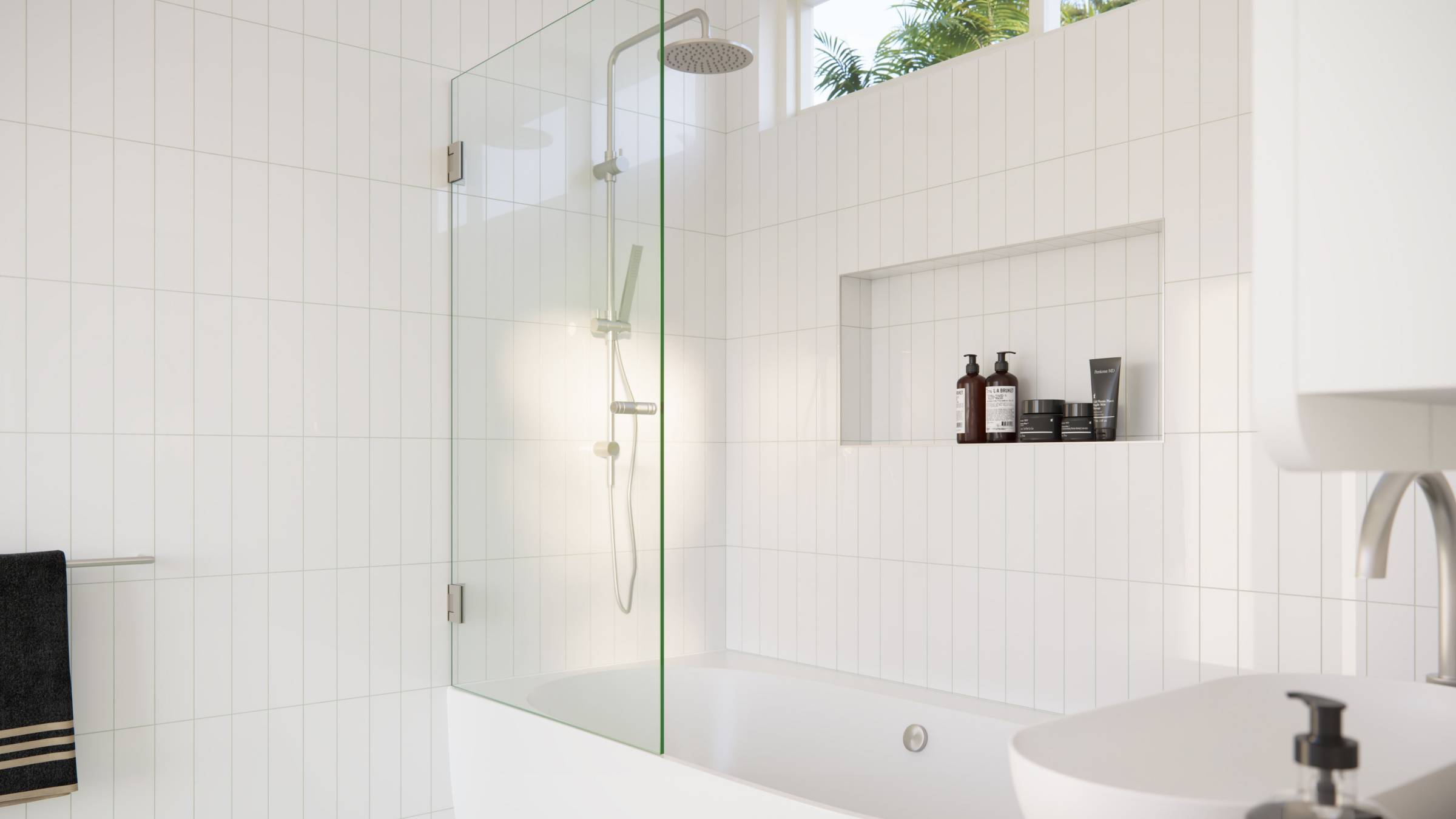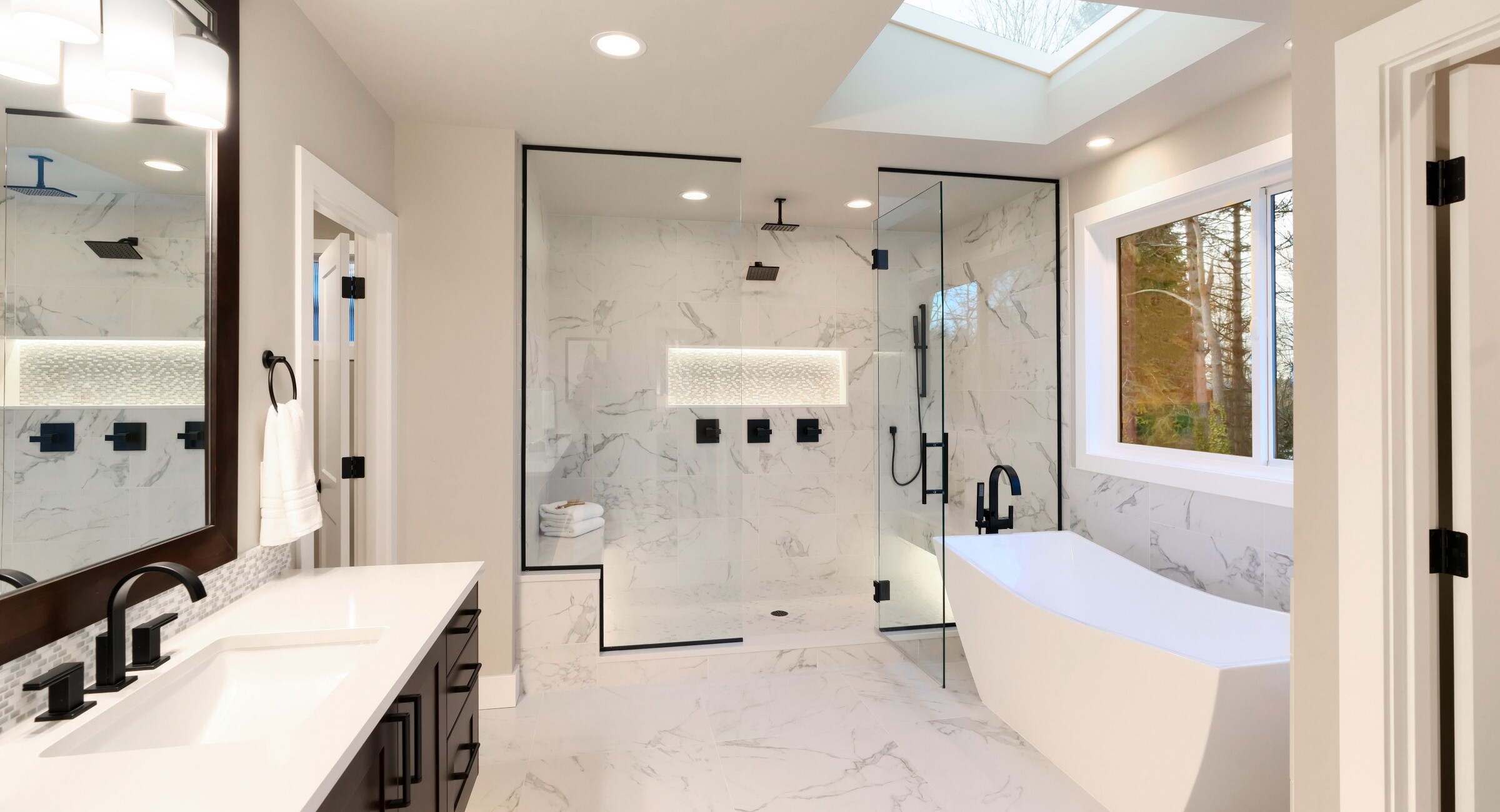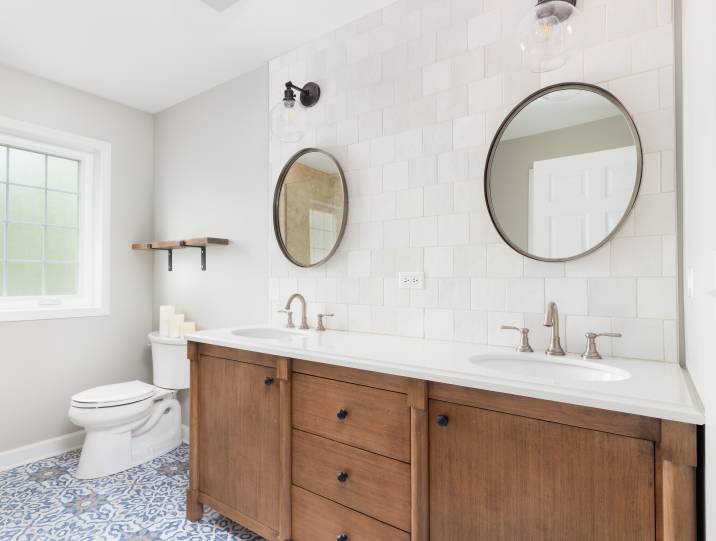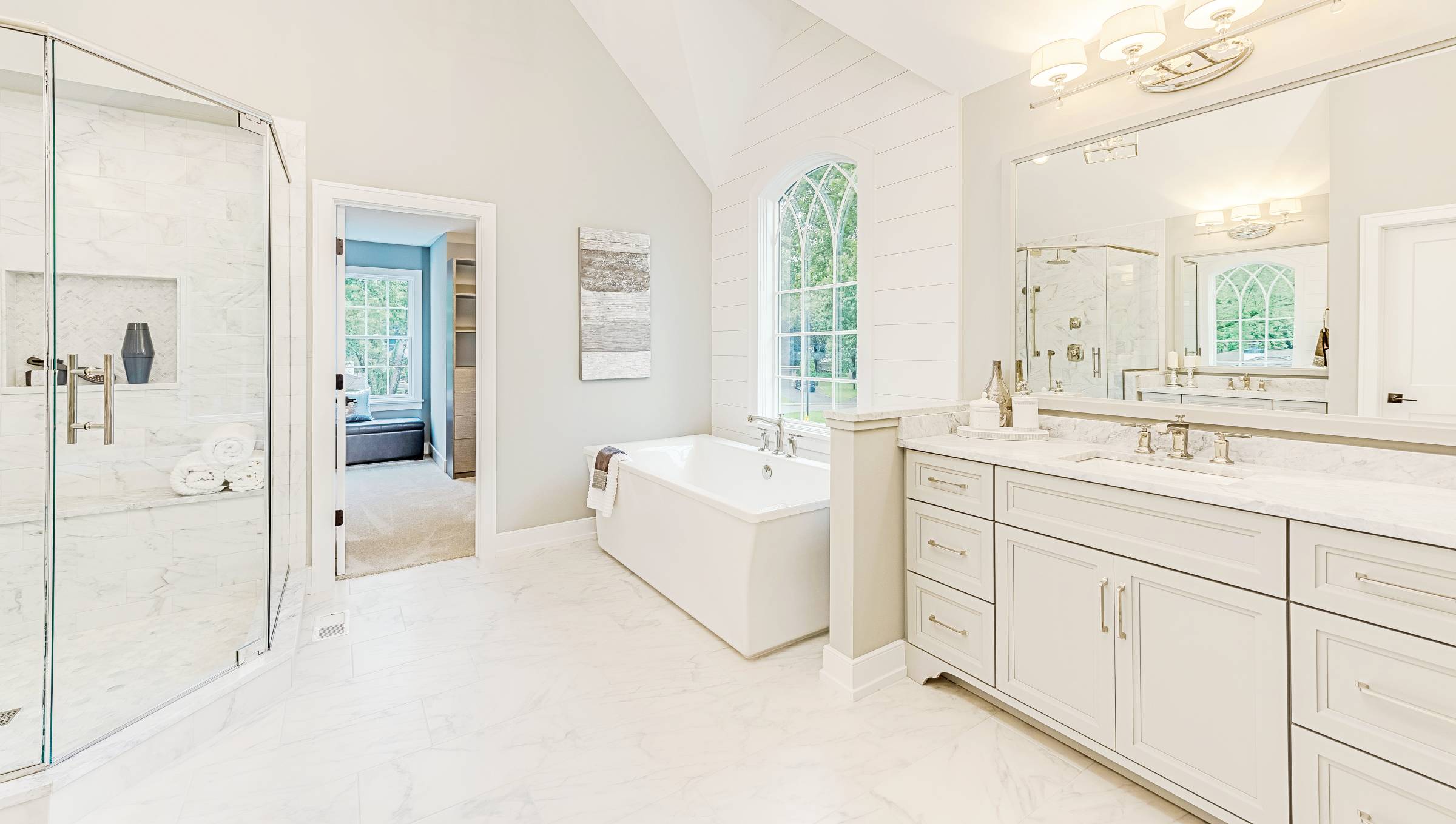- Home/
- Guides/
- Bathroom Renovation/
- Best Bathtub Materials
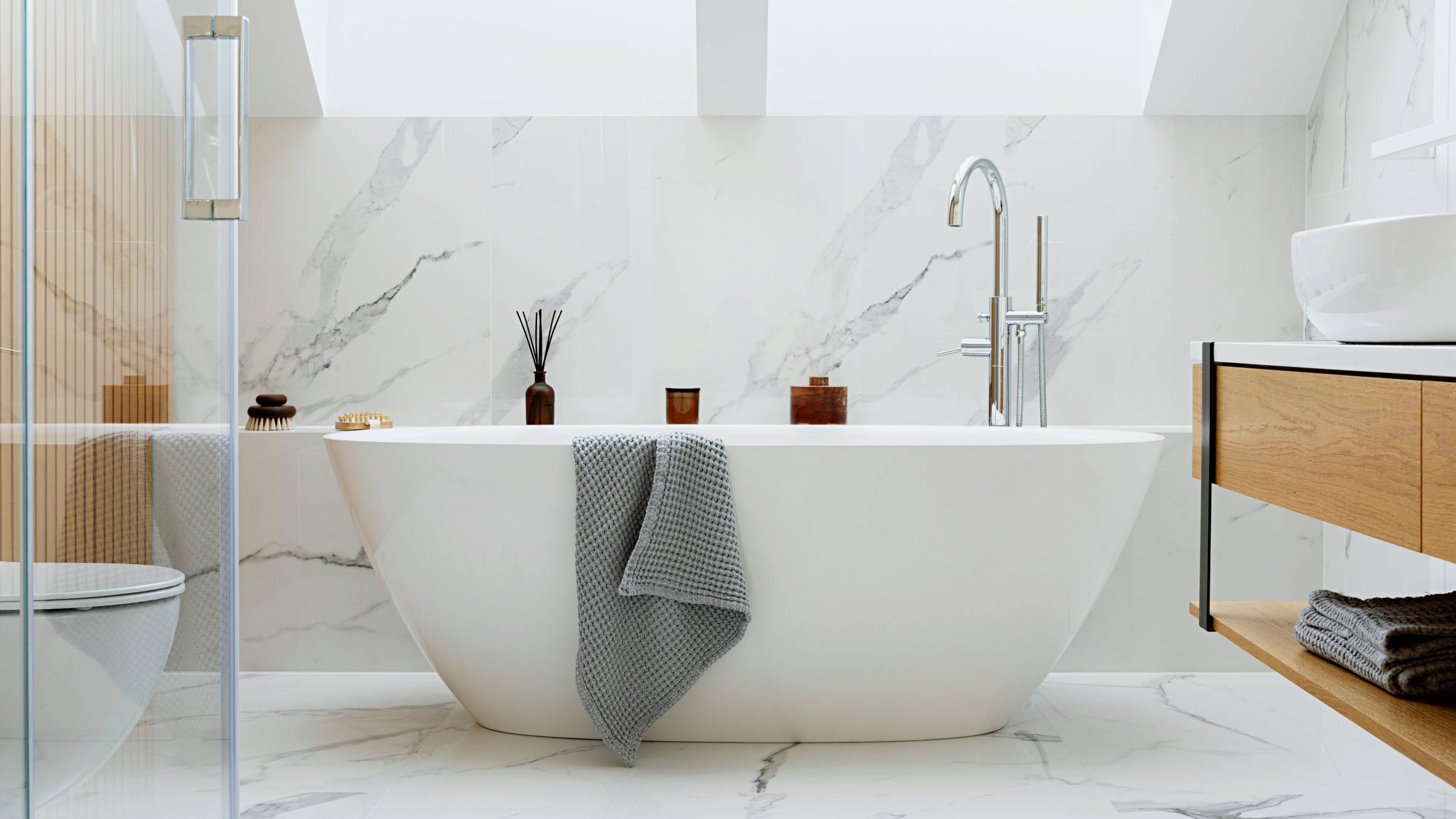
10 Popular bathtub materials and their pros & cons
Exploring your bathtub options for a better bathroom experience
Hire a bathroom renovatorLast Updated on
Bathing isn’t just about getting squeaky clean; it’s a chance to unwind, soothe sore muscles, and prepare for a restful night’s sleep. To create the ultimate relaxation sanctuary, selecting the best bathtub material is key. It’s a decision that should align with your preferences and lifestyle.
If you’re embarking on a bathroom remodel, it’s best to tackle the bathtub dilemma before moving on to other tasks like tiling, flooring, and painting. This is because your bathtub choice will influence other design elements, rather than the other way around. To help you navigate this decision, let’s explore the various types of bathtub materials available.
What should you consider when choosing bathtub materials?

Factor |
Description |
Cost |
Bathtub materials vary in terms of pricing, from affordable to extremely expensive. Costs can also increase significantly depending on whether your bathtub of choice is difficult to install. |
Appearance |
The bathtub shape, color, and size should complement what the rest of your bathroom looks like. |
Durability |
Some bathtub materials are studier than others and less prone to damage, making them look more well-preserved in the long term. |
Maintenance |
Several types of bathtub materials are easy to clean and repair. On the other hand, it can be difficult and cost-prohibitive to handle the upkeep of other kinds. |
Heat retention |
A bathtub that retains heat for a long period is ideal for people who like to take their time relaxing in the bath. |
Weight |
It’s important to choose a bathtub whose weight will not cause heavy strain on your home’s flooring. |
What types of bathtub materials are popular today?
When choosing a bathtub, it’s normal to prioritize one detail over another. Some people are more concerned with what their bathtub will look like, while others would automatically zone in on the least pricey option. But if you’re still shopping around and would like to consider how different bathtub materials compare against each other, check out these descriptions of the most common bathtub materials around.
1. Acrylic
Acrylic is a common type of bathtub material. It comes in various colors and forms, including the classic yet trendy freestanding kind. These moderately priced units are easy to clean and maintain since they are resistant to stains and mold. They are also perfect for upper-floor bathrooms because of their light weight.
Many people who love soaking in the bath go for acrylic tubs due to their ability to keep water warm for a long time. However, note that they can be unstable if not reinforced with baseboards or fiberglass.
2. Cast iron
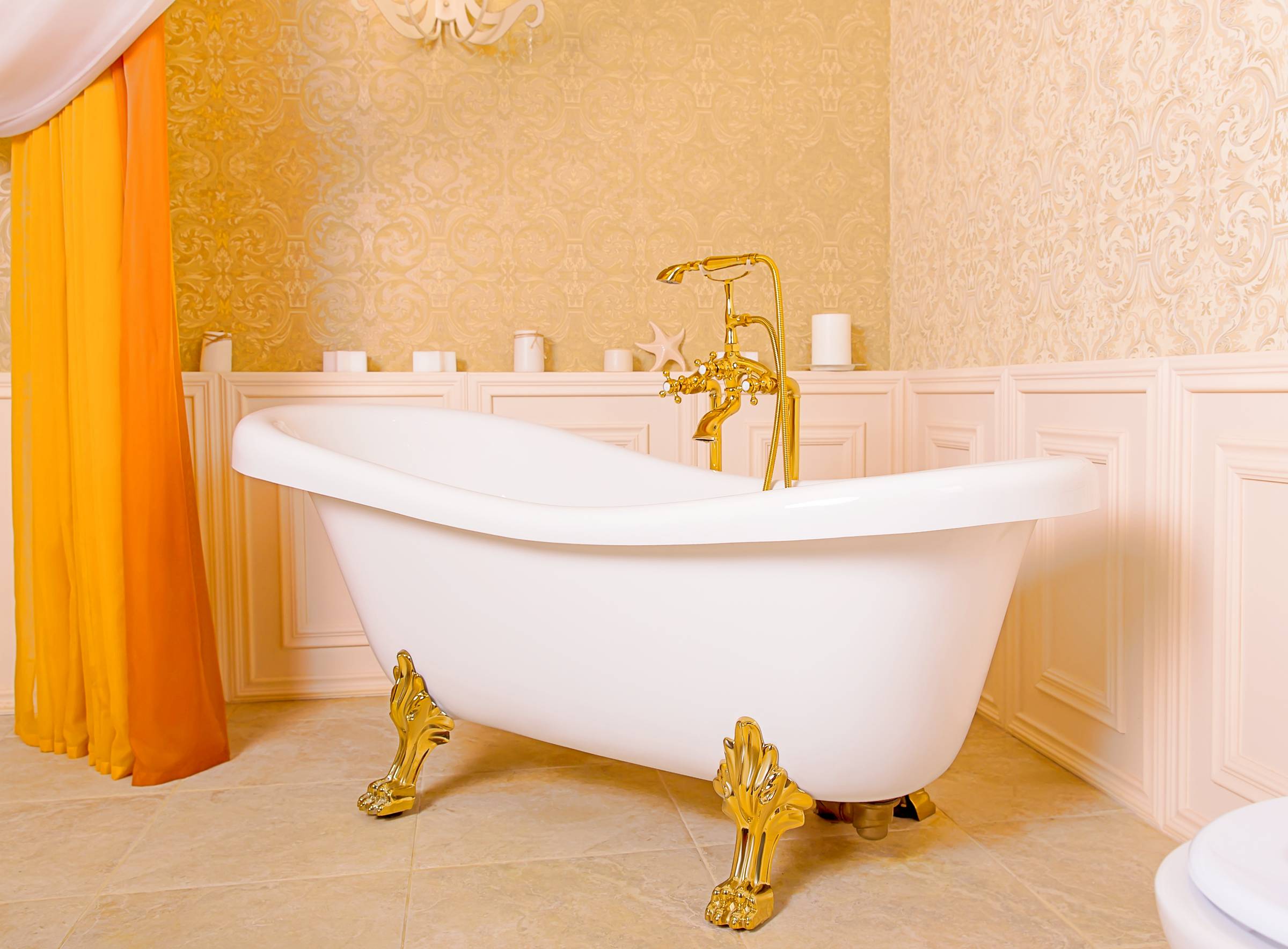
Look no further if you want to know what the most durable material for a bathtub is. In addition to being almost indestructible, enamel-coated cast iron is one of the best bathtub materials for retaining heat.
Typically used to create clawfoot tubs, cast iron can effortlessly give your bathroom an elegant and classy look. But do know that these easy-to-maintain bathtubs are hefty, both price- and weight-wise.
3. Composite
A composite bathtub, as one can surmise based on its name, is made of different materials, such as steel, resin, enamel, or another solid-surface substance. Its upkeep is hassle-free since it’s scratch- and stain-resistant. Just like in a cast-iron tub, water takes a long time to cool down in a composite bathtub. But do take note that it may just be as expensive.
4. Enamelled steel
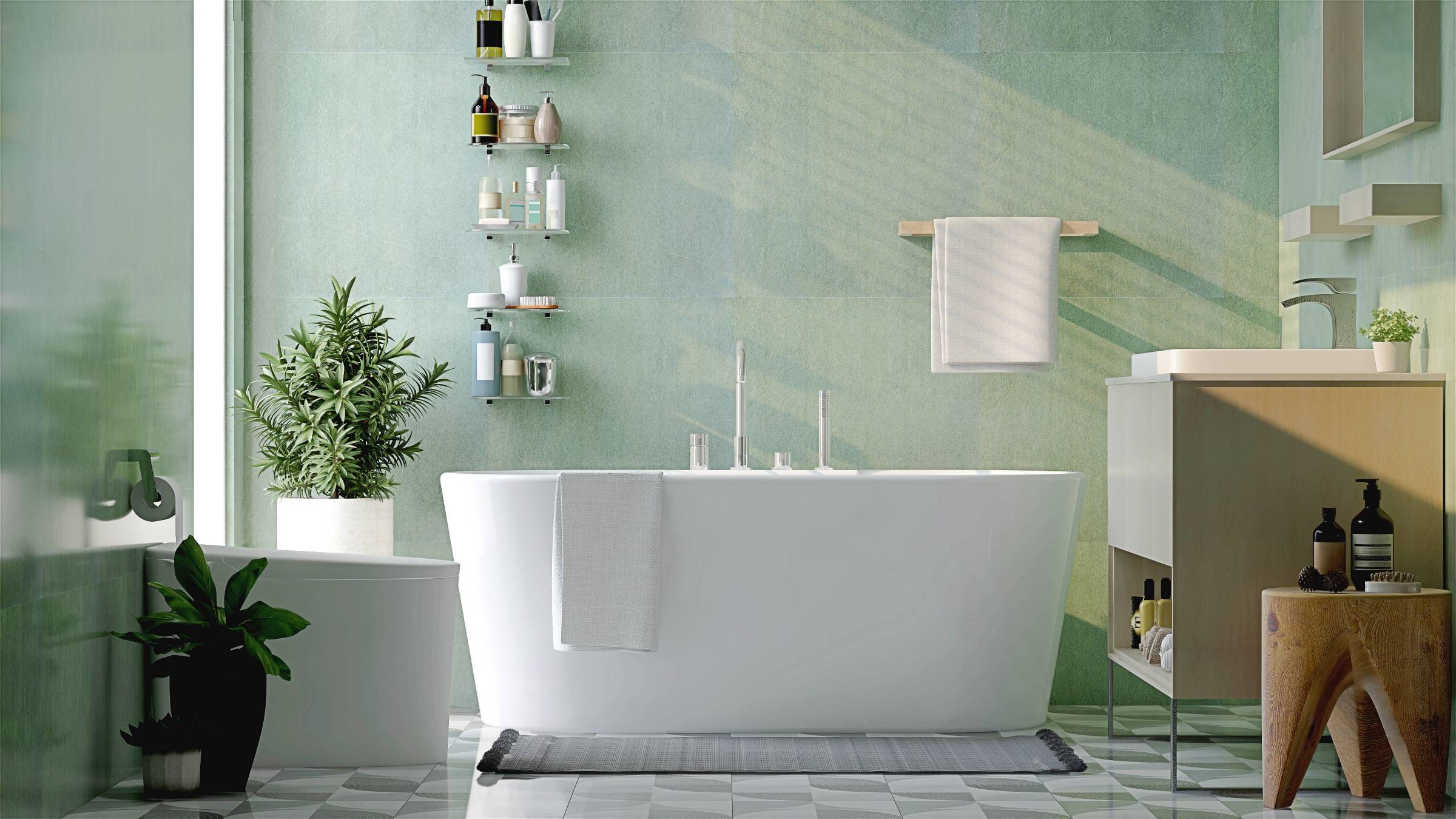
Similar to their cast-iron cousins, enameled steel tubs are extremely hardwearing and low-maintenance. They also come in a wide range of looks, from run-of-the-mill to sleek and modern.
However, they can be very heavy, prone to rust, and lacking in terms of heat retention. Just like cast iron, steel is one of the most expensive bathtub materials.
5. Fiberglass
On the other end of the price and weight spectrum are fiberglass bathtubs. They are a common choice for people renovating on a budget and those who want something that’s easy to install and repair. However, there are some trade-offs: fiberglass tubs are unable to retain heat well, and it can be difficult to remove stains from them. This means their shiny and immaculate appearance may not be as long-lasting as intended.
6. Marble
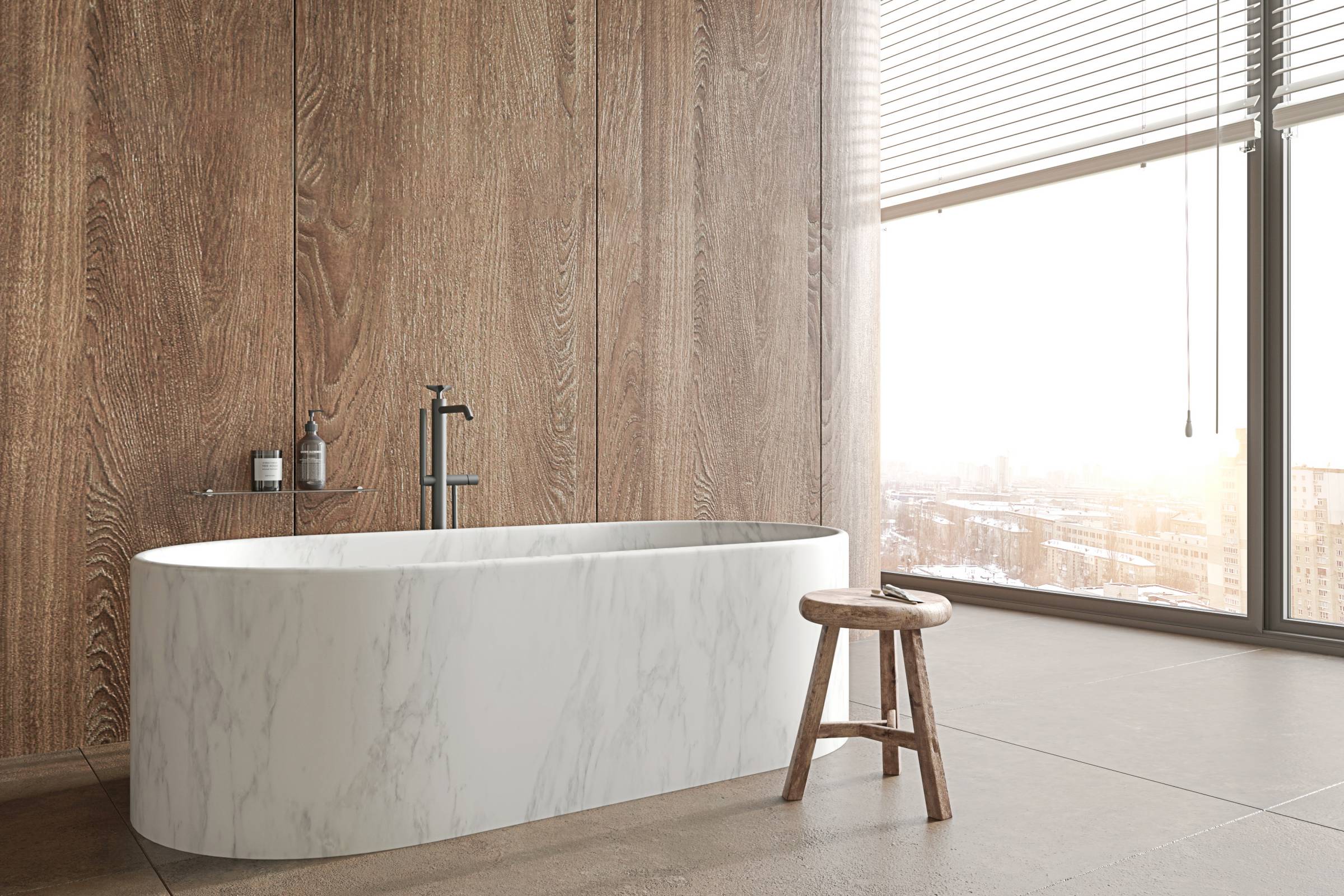
Marble tubs give bathrooms a sophisticated vibe that cannot be replicated by other materials, which is why they are unsurprisingly on the expensive side. Because they are made of stone, marble bathtubs are durable, non-porous, and easy to clean. They also come in various shapes and colors, although they may be harder to source than other bathtubs.
7. Natural stone
Installing a bathtub made of natural stone, such as travertine, quartz, or granite, is an easy way to bring the feeling of luxury to your bathroom. It’s available in different finishes and is able to fit different themes. Moreover, it traps heat for a long time like marble and is just as sturdy. However, if you’re thinking of having one, get ready to shell out a lot and know that its weight prevents it from being suitable for certain flooring conditions.
8. Porcelain
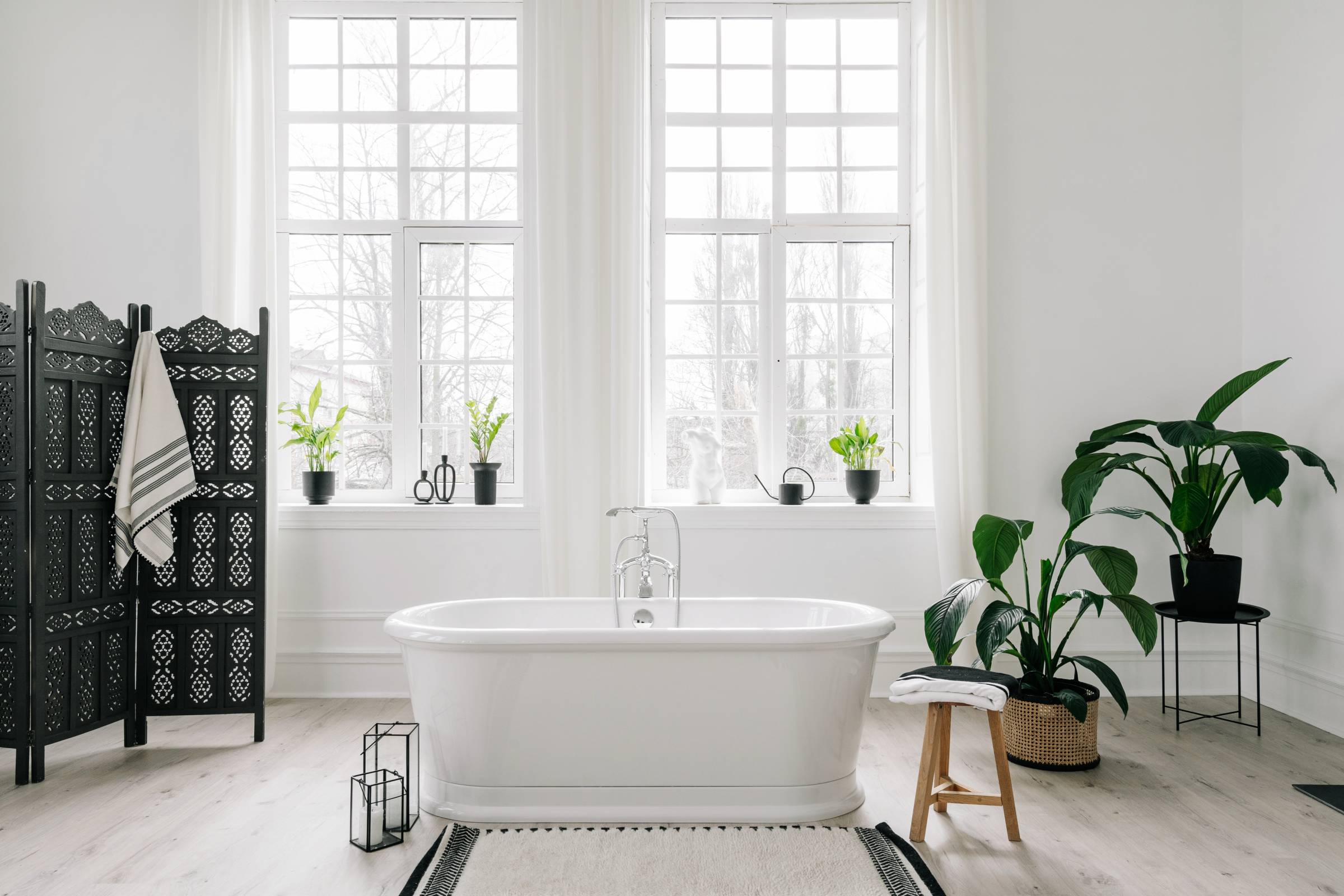
Porcelain tubs share the same material as most toilet bowls and sinks, making them a good choice for those who want their bathroom components to match. On their own, the merits of porcelain bathtubs lie in their unfussy maintenance requirements and their relative affordability. However, they tend to be heavy and aren't very resistant to scratching.
9. Onyx
Onyx is a specific type of natural stone that is available in a variety of translucent colors—from a soft pink to a pastel shade of green. Like quartz, granite, and cultured marble, onyx produces a solid bathtub that is expensive in terms of appearance and price. It can trap heat more efficiently than acrylic and is as easy to maintain.
10. Wood
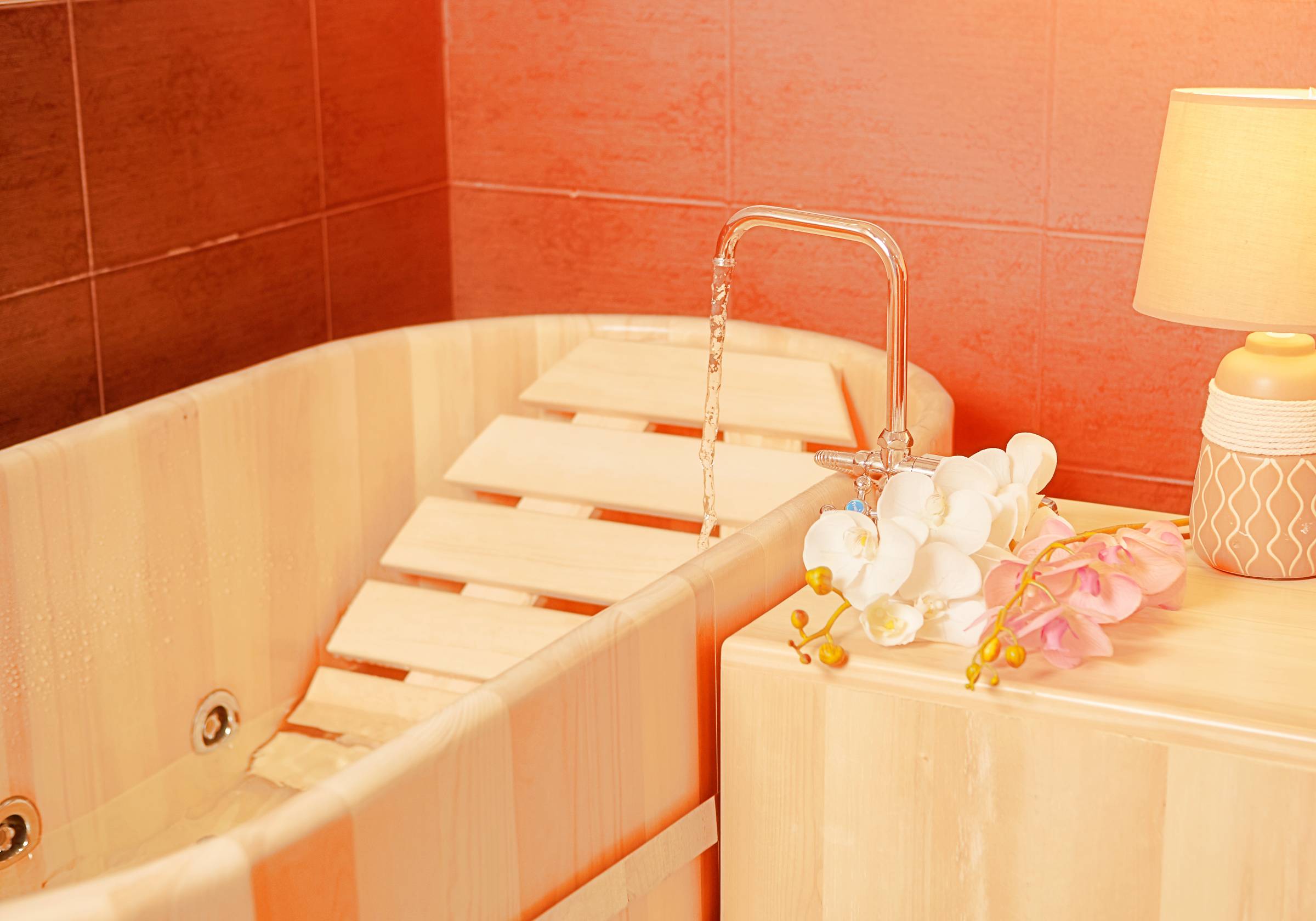
It’s a common misconception that a wooden bathtub won’t be as long-lasting as those made of a different material. However, a properly treated wooden tub can be just as durable. If used regularly, it won’t run the risk of being dried out. It can also complement a bathroom with a nature-inspired or Japanese theme. But depending on the type of wood used, it can be way pricier than a cast-iron tub.
Achieve your dream bathroom with Airtasker

Now that you’ve learned about the common types of tub materials, you can make an educated decision. However, if you’d still prefer professional guidance in selecting the best material for your bathtub, Airtasker’s bathroom designers are just a click away. They’re well-versed in the renovation mistakes you should avoid and can help you improve your daily bathroom experience. Alternatively, you can seek out experienced renovators specializing in bathtub installation and similar fixtures.
To find the right professional, simply post a task detailing the service you need and any relevant info, such as your bathroom size, location, budget, and desired completion date. Once you’ve completed these steps, you’re ready to move on to the next item on your bathroom renovation checklist.
Find bathroom renovations, fast
Find a Bathroom Renovation Contractor
FAQs on bathtub materials
For people with mobility issues, the design of a bathtub may be a more significant consideration than its material. For instance, many walk-in tubs are made with senior citizens and people with disabilities in mind. They have dedicated seats and handrails, and some even have heated surfaces.
Yes, some sustainable bathtub materials are fibreglass (which is made of sand), cast iron (which is recyclable), and wood (which can be sourced organically).
What bathtubs are made of can be a big factor in determining if they are kid-friendly or not. Those made of mineral stone can have anti-slip properties, but their price tag can be prohibitive. Meanwhile, affordable acrylic tubs are both comfortable and warm to the touch, making them ideal for kids’ use.
Some bathtub materials, such as fibreglass, are naturally prone to cracking. To prevent this issue from occurring, avoid dropping objects on the tub and using abrasive cleaners. Adding sufficient support during installation is also necessary for its longevity.
Related articles
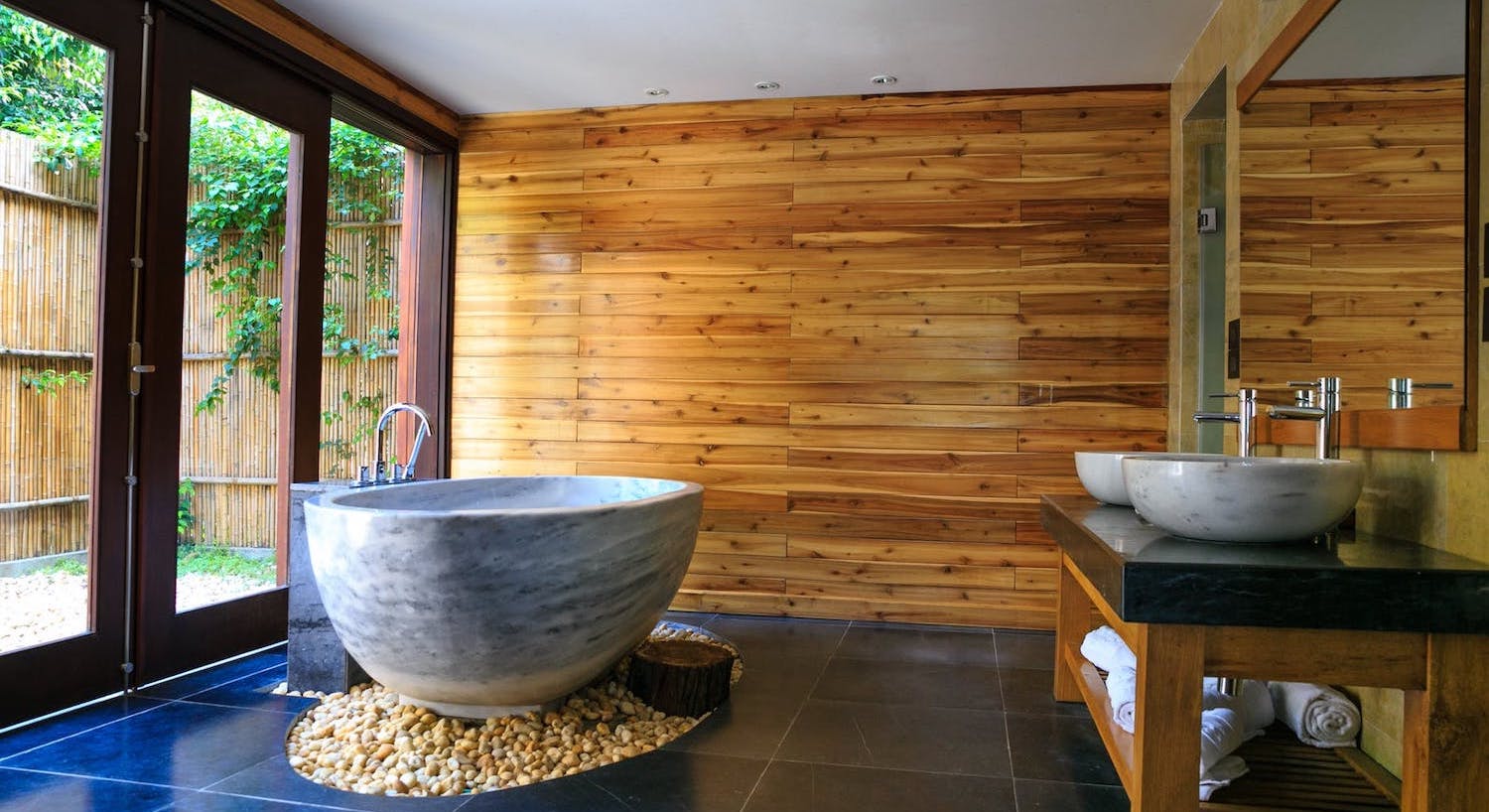
How to remodel your bathroom
Read more
Related price guides

How much does a new bathroom cost?
Read more
Let's do this!
It's free and takes only a minute.
